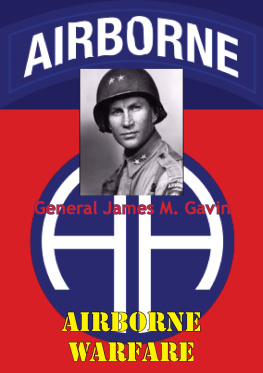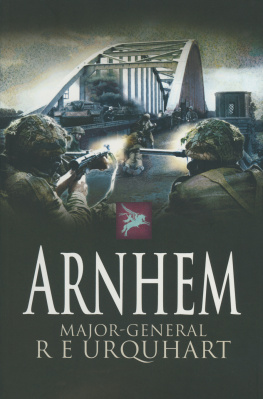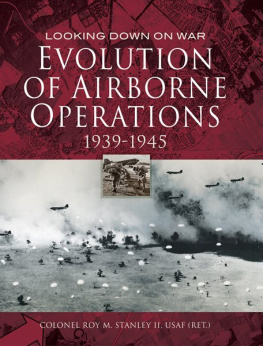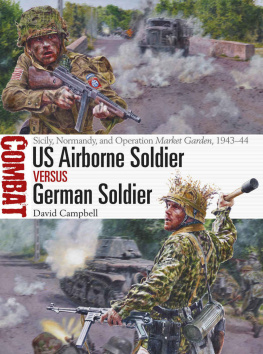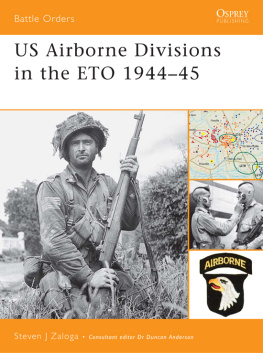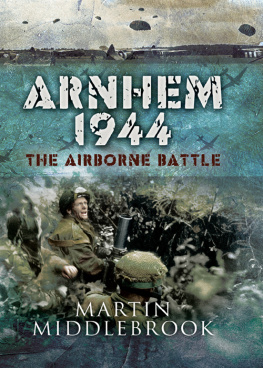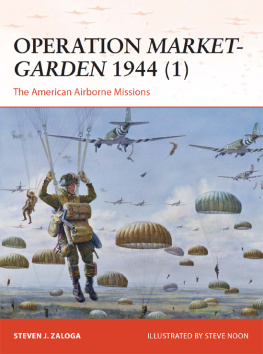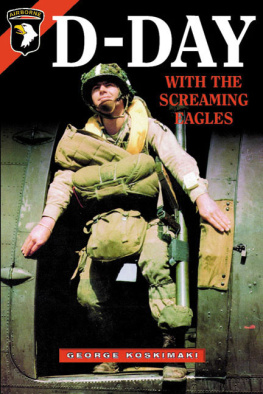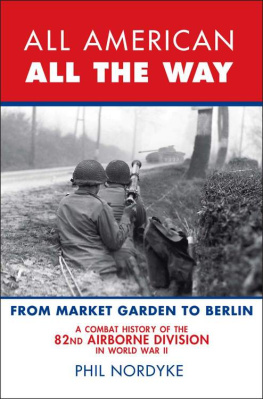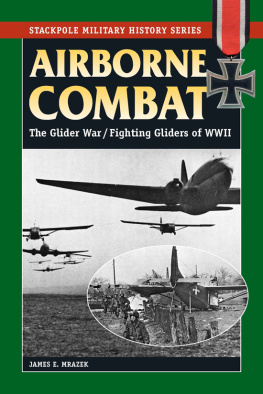

This edition is published by PICKLE PARTNERS PUBLISHINGwww.picklepartnerspublishing.com
To join our mailing list for new titles or for issues with our books picklepublishing@gmail.com
Or on Facebook
Text originally published in 1947 under the same title.
Pickle Partners Publishing 2014, all rights reserved. No part of this publication may be reproduced, stored in a retrieval system or transmitted by any means, electrical, mechanical or otherwise without the written permission of the copyright holder.
Publishers Note
Although in most cases we have retained the Authors original spelling and grammar to authentically reproduce the work of the Author and the original intent of such material, some additional notes and clarifications have been added for the modern readers benefit.
We have also made every effort to include all maps and illustrations of the original edition the limitations of formatting do not allow of including larger maps, we will upload as many of these maps as possible.
Airborne Warfare

By
MAJOR GENERAL JAMES M. GAVIN
TABLE OF CONTENTS
Contents
INTRODUCTION
THOUGH AIRBORNE WARFARE is new the idea is old. Throughout the centuries military men, watching the flight of birds or the drift of smoke on the wind, must have dreamed of the vertical envelopment. If we delve far enough back into history we would probably find that the ancient Chinese began the whole business by inventing the parachute. Records of old Peking indicate that they did. We know for certain also that in the fifteenth century Leonardo da Vinci designed a parachute. In the eighteenth century the Frenchman, Montgolfier, launched the first successful balloon, and late in the same century the famous European balloonist, Blanchard, made a parachute jump to save his life. After that, parachute jumps from balloons became common events and by the time the Wright brothers flew at Kitty Hawk the idea of the parachute was at least six centuries old. And it was over a hundred and fifty years ago that Benjamin Franklin made his much quoted suggestion about the use of balloon-borne troops in war.
In more modern times Mr. Winston Churchill and the late Brigadier General William Mitchell are both credited with advocating the use of parachute troops in World War I. Even in relating it to World War II we find that actual development of airborne warfare had progressed to a considerable extent at the time the Germans invaded Poland. By 1927 different armies of the world had carried out experiments of dropping equipment by parachute and transporting small numbers of fighting men by aircraft. In Texas the following year, our own Army dropped a small number of men by parachute with weapons and ammunition. In 1930 the Red Army dropped a group of military parachutists with equipment, and in 1936 it was reported that the Russians had dropped over five thousand parachute troops in a single operation during maneuvers at Kiev. By 1938 the Command and General Staff School of the U.S. Army was beginning to touch on airborne warfare in its theoretical tactical instruction. And, finally, in the Russo-Finnish War of 1939, came the significant report that Russian parachute troops had been dropped in actual combat.
At the outbreak of World War II both the USSR and Germany had trained many thousands of parachutists, and the German Army had done considerable experimentation with gliders. Germany used airborne troops in large numbers with effective results in the 1940 invasion of Holland and the next year in the conquest of Crete. Early in 1940 our own War Department had taken steps to develop American airborne units. Under the direction of Major General George A, Lynch, Chief of Infantry, in collaboration with the Chief of Air Corps, a program of development was approved and airborne troops for the first time became an integral part of the Army.
Thus it is a historical fact that airborne warfare, at least in the modern sense, was originated by the Russians and developed to a state of combat effectiveness by the Germans. But it is also a historical fact that the American Army took this new instrument of warfare and, with the British, refined and improved it and unleashed upon our enemies airborne forces of such power and perfection as even they had not dreamed of.
The pioneering phase of our airborne development began at Fort Benning, Georgia, with the organization of one small platoon of volunteer paratroopers. These pioneers, and the small group of intrepid aviators who worked with them, were the fountainhead of the mighty airborne forces that wrote such glorious pages in the history of World War II. The glory of those achievements rightly belongs to those who won the victories on the field of battle, but the unsung pioneers who blazed the early trails from the skies to the red clay hills of Georgia and the sand hills of North Carolina deserve at the very least a modest tribute. They too sweated out their fear of the unknown and charted new roads of courage. Many of them died in training that their successors might conquer in battle. When, in July 1943, the world was thrilled by the exploits of the 82d Airborne Division in Sicily, there was not a man of the pioneer group whose heart did not swell with the fiercest pride in the realization of a dream come true.
The author of this book was one of those pioneers. It was a hot sultry day in August when Captain James M, Gavin, thirty-four years of age, reported for duty with the Provisional Parachute Group at Fort Benning, Georgia. As a former enlisted man in the Regular Army and as a graduate of the United States Military Academy of the class of 1929, his service had been varied and broadening. His friends spoke exceedingly well of him, and he impressed his associates with his quiet dignified bearing, his appearance of lean physical toughness, and his keen and penetrating mind. His work as a battalion officer marked him for greater responsibilities and promotion to major, and then to lieutenant colonel.
The rapid expansion of our airborne forces, immediately after the attack at Pearl Harbor, created many strange and complex problems and a vast amount of work. The activation of new units, the development of new types of weapons and equipment, new tactics and new methods of training were only a few of the arduous difficulties that confronted the builders of the new forces. Mistakes were made and many of them, but the building seems to have been fundamentally sound. No one man or no small group of men can be credited with this achievement. Many men and many elements made the project successful. But in the last analysis the burden of building this great new force fell on the shoulders of the staffs of the Airborne Command of the Ground Forces and the Troop Carrier Command of the Air Forces, and on those staff officers in Washington who directed the planning on the higher levels. These were the architects and not the least of them was Gavin.
In the building of this force Gavin was a dynamo of intelligent energy. As the head of the Plans and Training Section of the Parachute Group, and later the Airborne Command, he wrote many of our basic training doctrines and our first textbooks on airborne training and tactics. By late 1942 he had received his colonelcy and the command of his own regiment. In January 1943 his regiment was assigned to the 82d Airborne Division, and on the night of July 9 of that year he commanded the airborne combat team which spearheaded the American assault of Sicily. This book is Gavins story of that assault as well as all the airborne combat that followed until the end of the war, and it is his interpretation of those events as applied to future war.
Next page
